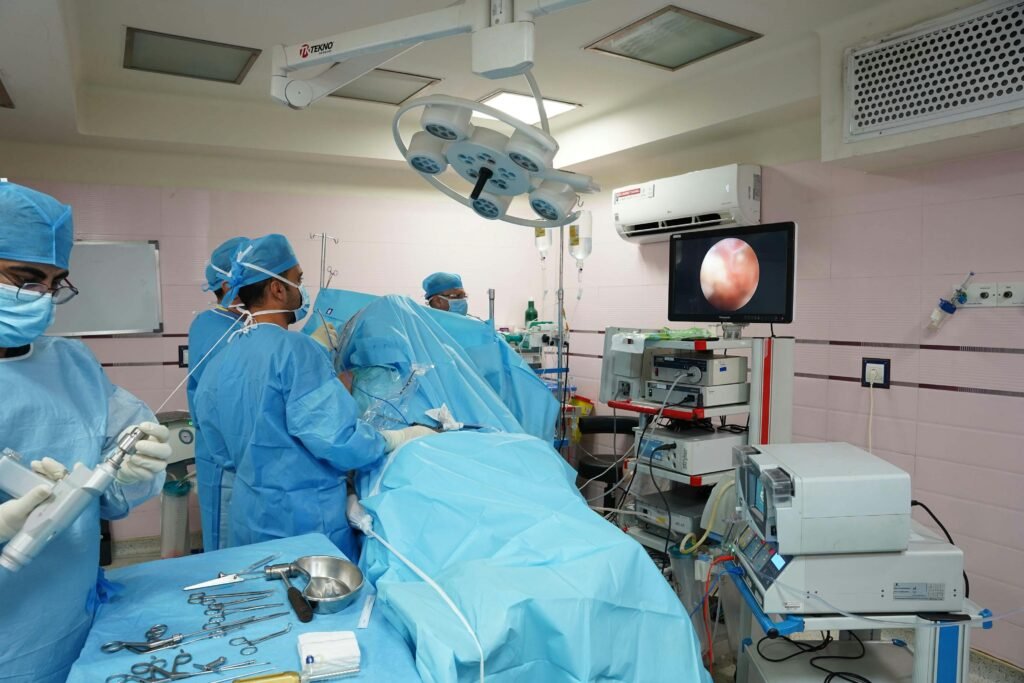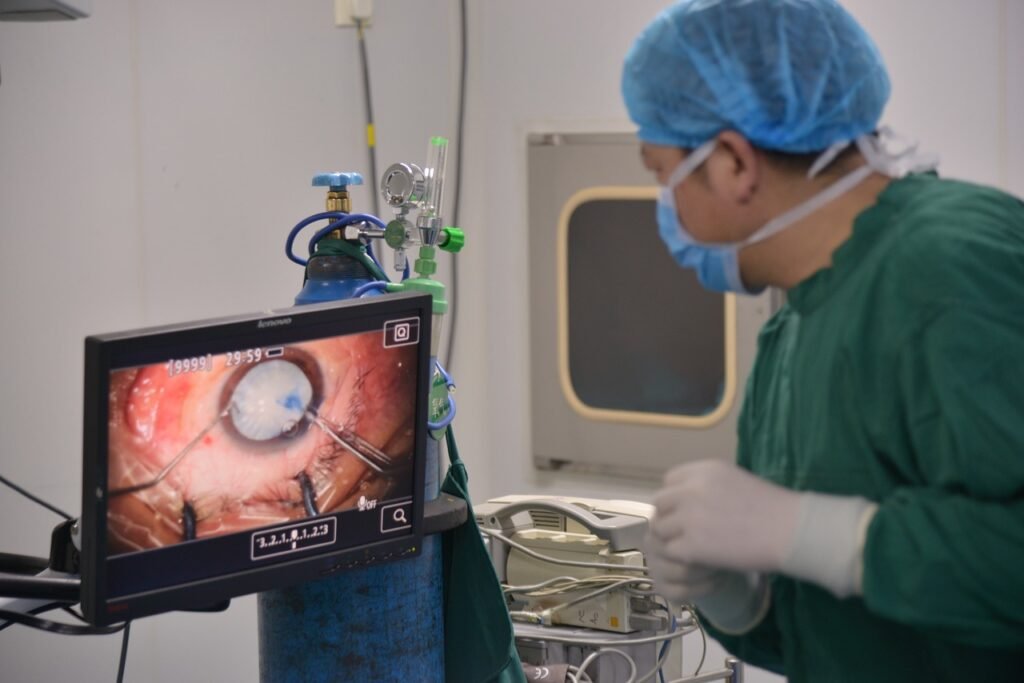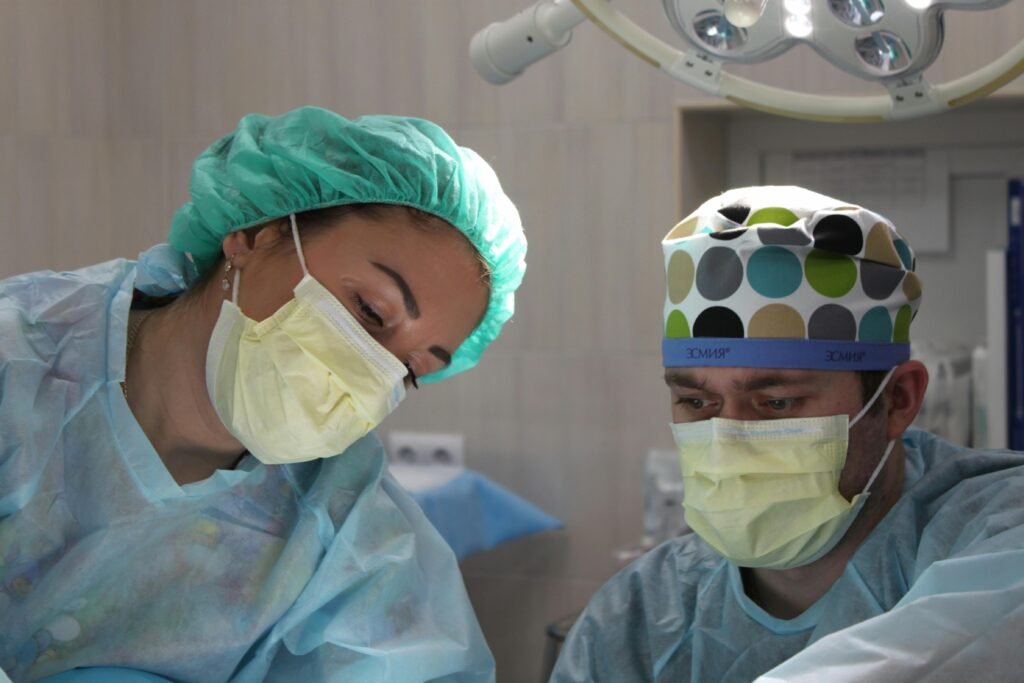Transcervical Resection of Fibroid (TCRF)
Transcervical Resection of Fibroid (TCRF) is a minimally invasive surgery to remove fibroids (non-cancerous growths) from inside the uterus. A thin, lighted tube (hysteroscope) is passed through the vagina and cervix into the uterus, allowing the surgeon to cut away fibroids. This procedure preserves the uterus and is ideal for submucosal fibroids (those bulging into the uterine cavity). Why […]











